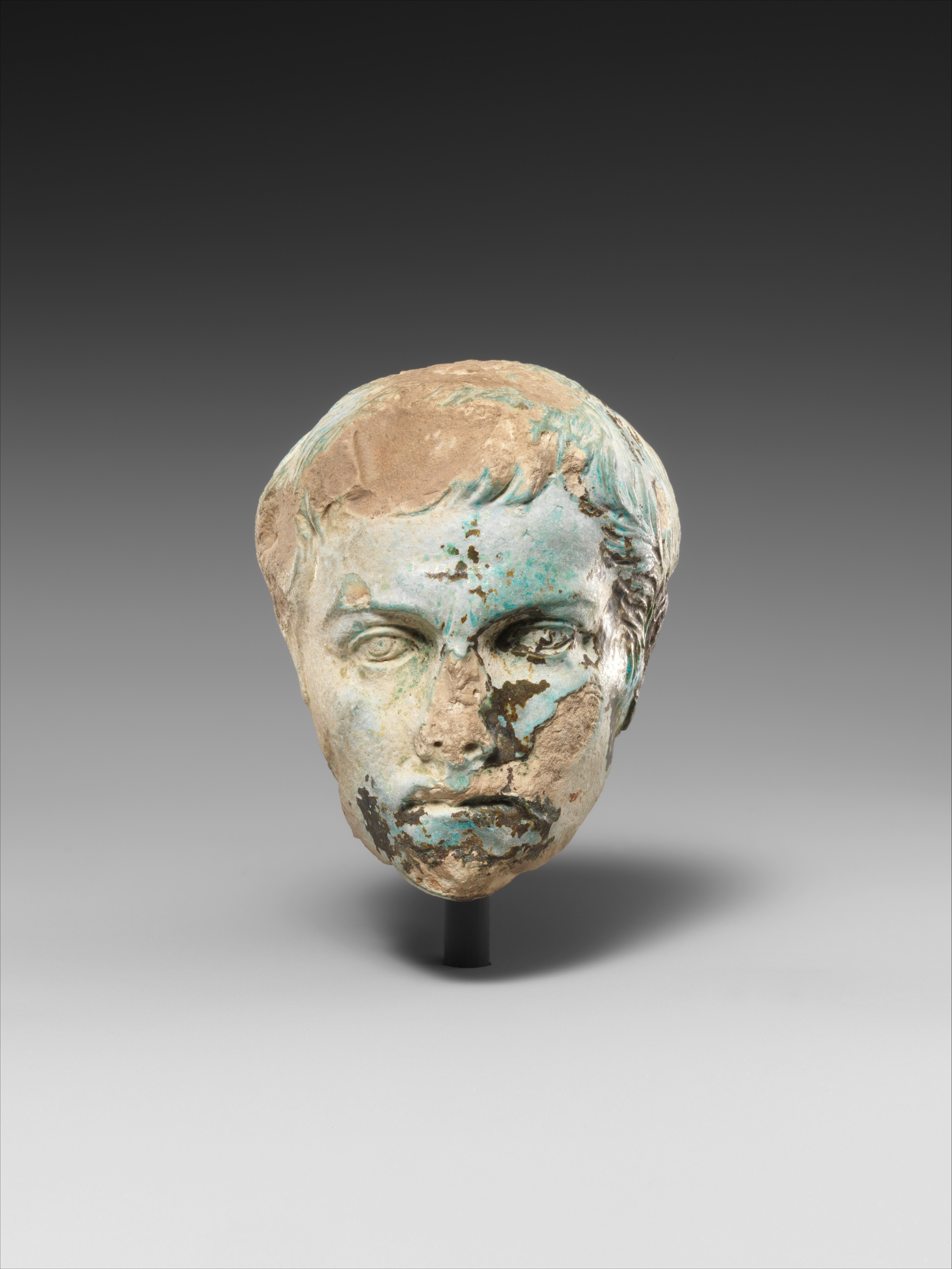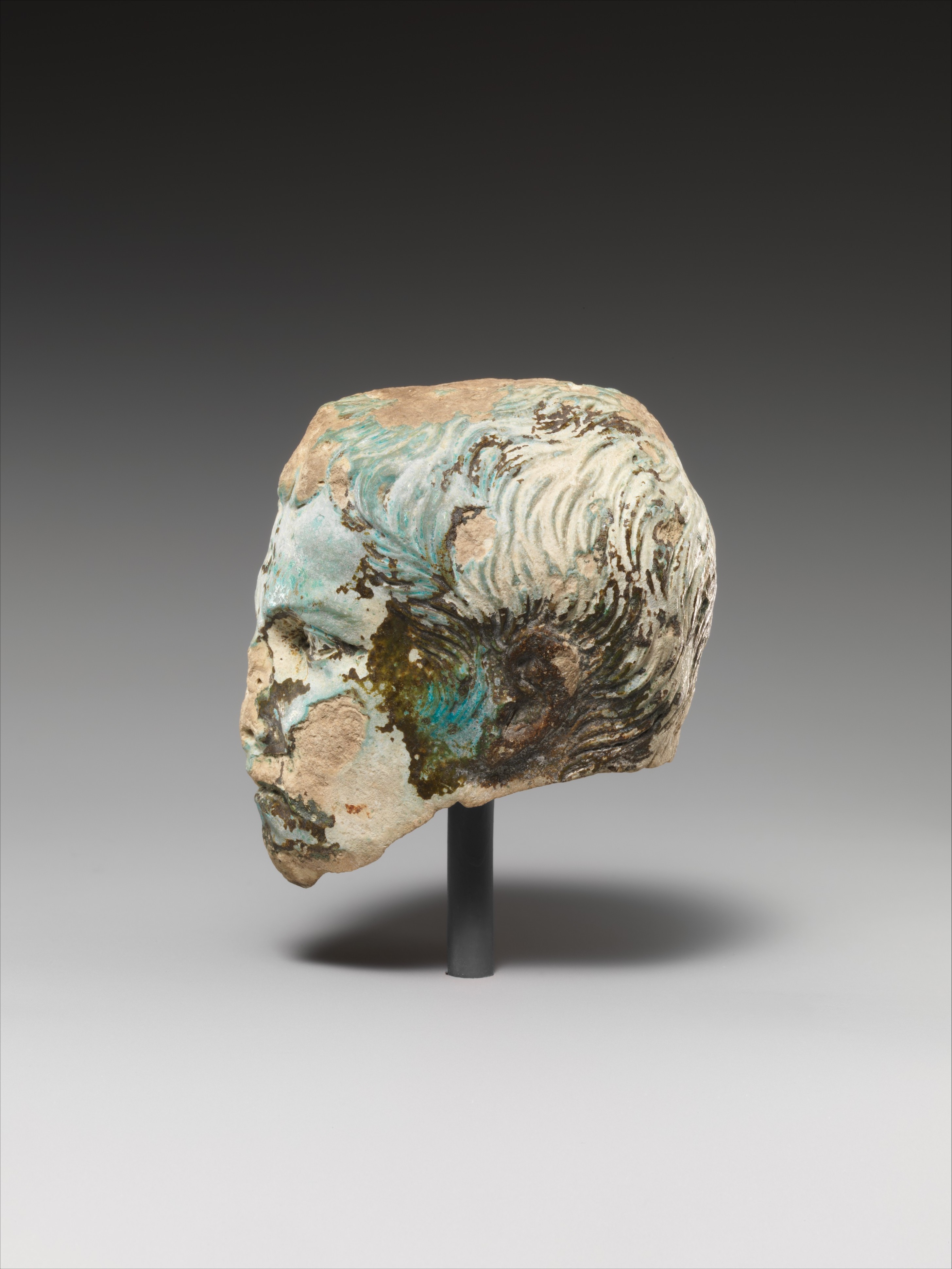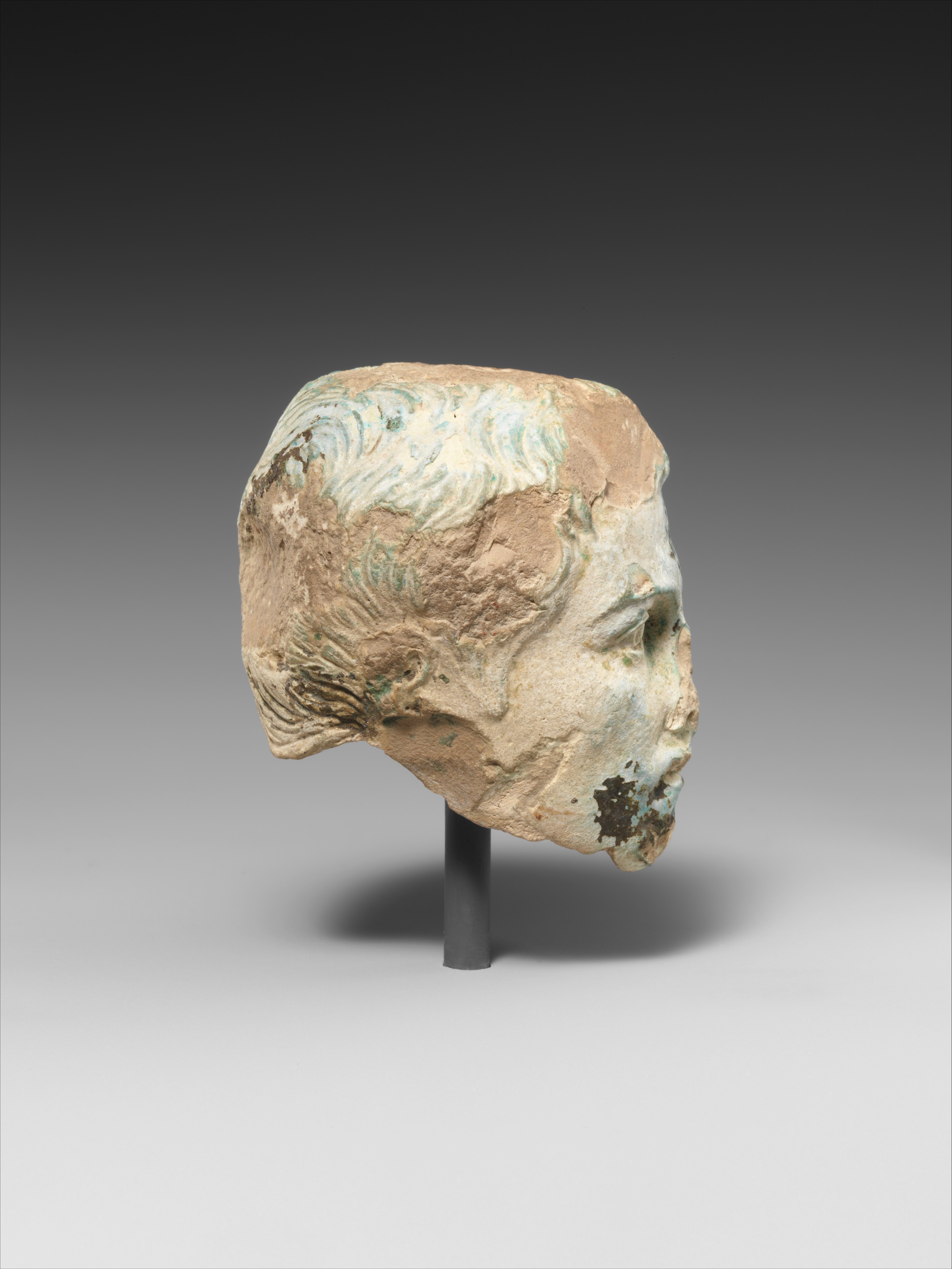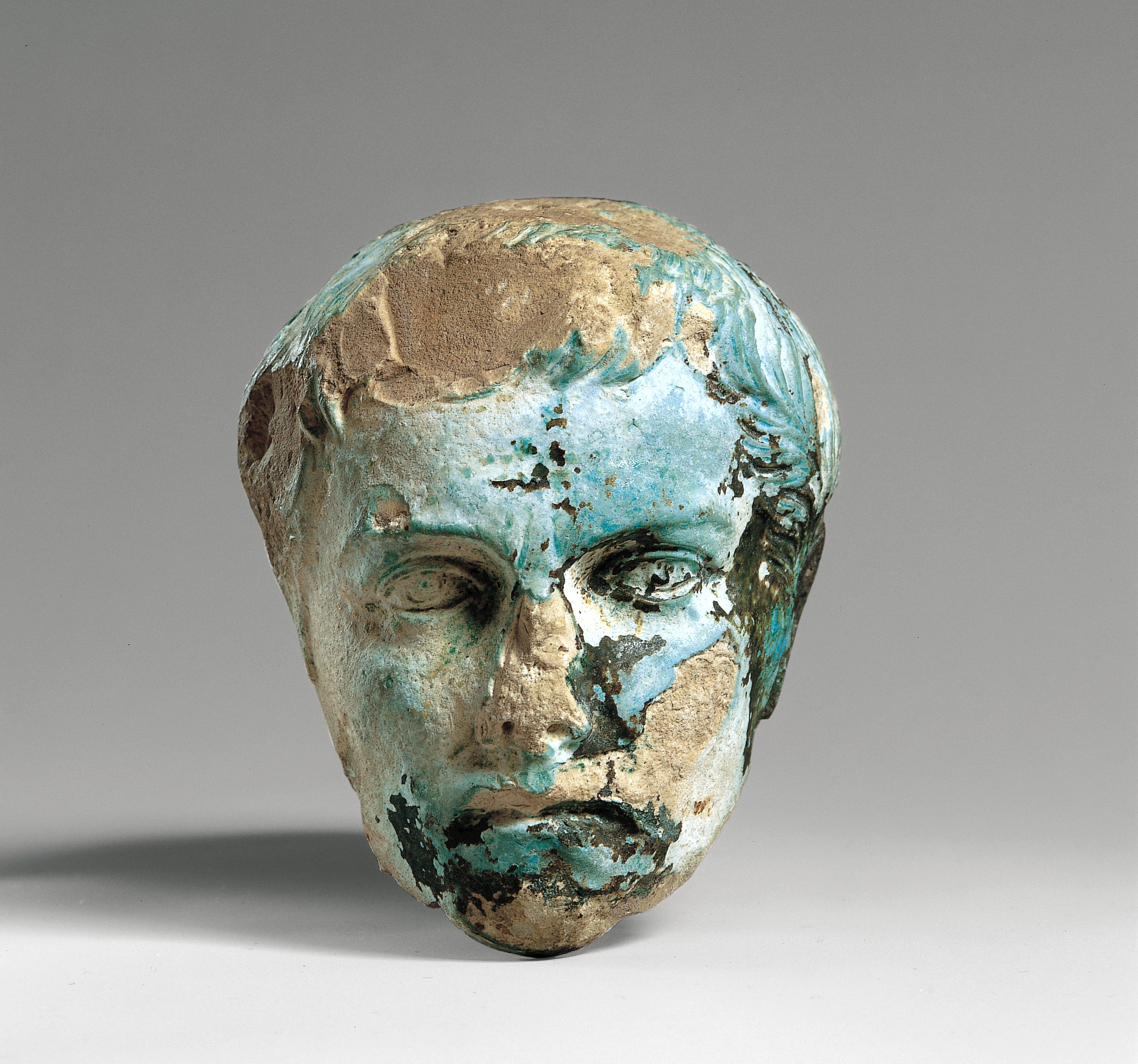Head of Augustus
Roman Period, Augustus
This small head is thought to depict the Roman Emperor Augustus. It follows a Roman prototype for his portrait that was developed in the earlier part of his long reign, but continued in use. Paul Zanker has suggested it might have been created late in Augustus' reign or even in that of Tiberius. Egyptian influence may be present in the suggestion of loose flesh beneath the prominent cheekbones.
The original context of the head is unknown, but it was said to be from Memphis, which is reasonable. A Memphite provenance would reflect the importance of the traditional religious capital in Augustus's political domination of the country. A cult of Augustus existed there, and the High Priest of Ptah of Memphis, the most important official in the country's traditional religious structure, was chosen as its chief officiant, the "prophet of Caesar." This appointment was surely intended to encourage the cooperation of the country.
Due to rights restrictions, this image cannot be enlarged, viewed at full screen, or downloaded.
This artwork is meant to be viewed from right to left. Scroll left to view more.







